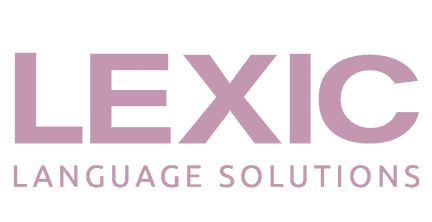What is Med-PaLM?
Med-PaLM is a sophisticated AI model designed to enhance medical knowledge processing and decision-making. At its core, Med-PaLM leverages a massive dataset of medical literature, clinical guidelines, and healthcare-related documents to train its 540 billion parameters. This extensive training allows Med-PaLM to encode a vast array of medical knowledge, making it adept at answering medical questions with precision and comprehensiveness.
How Med-PaLM Works
Med-PaLM operates by processing natural language queries and generating responses based on the information it has been trained on. The model can:
1. Answer Medical Questions:
Med-PaLM can provide detailed answers to a wide range of medical inquiries, from basic health information to complex clinical scenarios.
2. Summarize Medical Texts:
It can condense lengthy medical documents into concise summaries, making it easier for healthcare professionals to digest critical information quickly.
3. Assist in Clinical Decision-Making:
By offering insights based on the latest medical research and clinical guidelines, Med-PaLM can support clinicians in making informed decisions.
Pros of Med-PaLM
1. Enhanced Access to Medical Knowledge:
One of the most significant advantages of Med-PaLM is its ability to provide instant access to a wealth of medical knowledge. This can be particularly beneficial in time-sensitive situations where quick access to accurate information is crucial.
2. Improved Efficiency:
Med-PaLM can streamline various administrative and clinical tasks. For instance, it can assist in drafting medical documentation, thereby reducing the time clinicians spend on paperwork and allowing them to focus more on patient care.
3. Support for Clinicians:
By providing reliable answers and summarizing complex medical texts, Med-PaLM can serve as a valuable tool for clinicians, enhancing their ability to stay updated with the latest medical advancements and apply this knowledge in their practice.
4. Potential for Research and Development:
Med-PaLM’s ability to process and analyze vast amounts of medical data can accelerate research efforts, potentially leading to new insights and advancements in medical science.
5. Enhanced Patient Engagement:
The model can be integrated into patient-facing applications, providing patients with accurate and comprehensible medical information, thus empowering them to make informed decisions about their health.
Cons of Med-PaLM
1. Accuracy and Reliability:
Despite its advanced capabilities, the accuracy of Med-PaLM is contingent upon the quality of the data it has been trained on. There is always a risk of the model providing incorrect or outdated information, which could have serious implications in a medical context.
2. Ethical and Privacy Concerns:
The use of AI in healthcare raises significant ethical questions, particularly regarding patient privacy. Ensuring that Med-PaLM adheres to strict privacy standards and does not inadvertently expose sensitive patient information is paramount.
3. Dependency on AI:
There is a concern that over-reliance on AI tools like Med-PaLM could diminish the critical thinking skills of healthcare professionals. It is crucial to maintain a balance where AI serves as an aid rather than a replacement for human judgment.
4. Integration Challenges:
Implementing Med-PaLM into existing healthcare systems can be complex and costly. Healthcare providers need to invest in the necessary infrastructure and training to effectively use this technology, which may not be feasible for all institutions.
5. Regulatory and Compliance Issues:
The use of AI in healthcare is subject to regulatory scrutiny. Ensuring that Med-PaLM complies with all relevant healthcare regulations and standards is a significant challenge that needs continuous attention.
The Future of Med-PaLM in Healthcare
The potential of Med-PaLM in transforming healthcare is immense. As the technology continues to evolve, it is expected to become an integral part of healthcare systems worldwide. Future developments may focus on enhancing the model’s accuracy, expanding its knowledge base, and improving its integration with existing healthcare technologies.
Med-PaLM represents a significant leap forward in the application of AI in healthcare. By providing instant access to a vast reservoir of medical knowledge and assisting in clinical decision-making, it has the potential to greatly enhance the efficiency and effectiveness of healthcare delivery. However, addressing the challenges associated with its use, particularly concerning accuracy, ethics, and integration, is crucial to realizing its full potential. As the medtech industry navigates these challenges, Med-PaLM stands as a testament to the transformative power of AI in improving healthcare outcomes.




